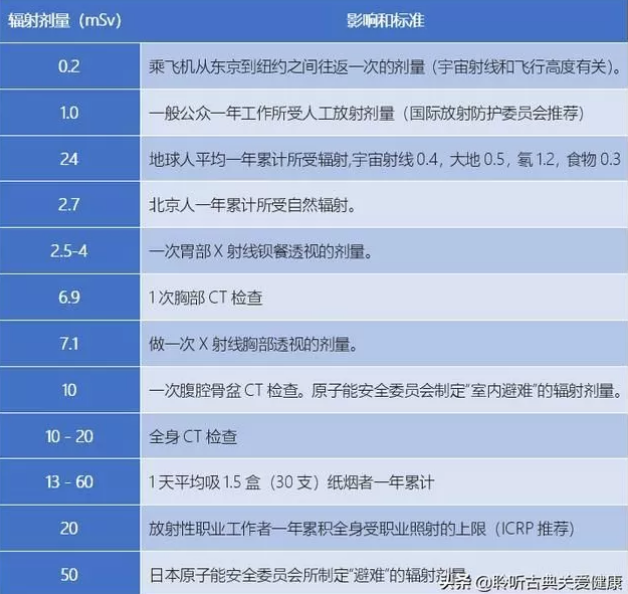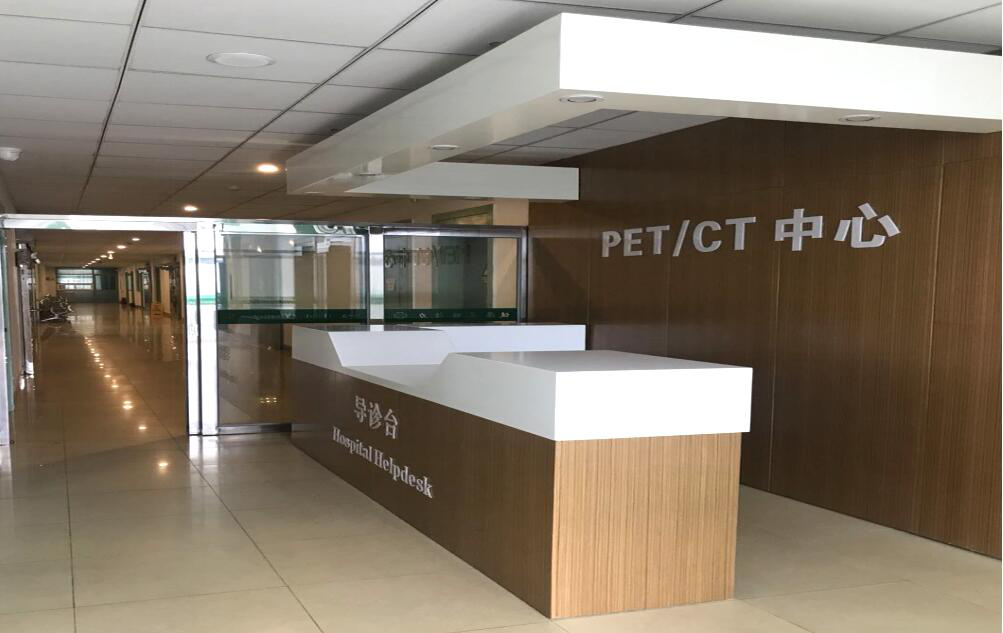
Is PET/CT radiation really large?
2023-02-15
We often swipe PET-CT related content in mobile news and circle of friends. At this time, some problems will arise in our minds:
"Can PET-CT really screen out all diseases?"
"Is the radiation of PET-CT very large?"
"CT and PET - Is there a difference between CT?"
In view of the above confusion, we will sort out the popular science data of experts and scholars to dispel doubts for everyone and understand PET-CT more scientifically and comprehensively.
A. Indication of tumor disease
1. Clinical stage of tumor
2. Early diagnosis of tumor
3. Detection of tumor recurrence
4. Monitoring the therapeutic effect and prognosis of tumor
5. Differential diagnosis of residual or fibrotic necrosis after tumor treatment
6. Find the primary focus of tumor
7. Guide the radiotherapy plan and determine the biological target area of tumor radiotherapy
8. Differential diagnosis of benign diseases and malignant tumors
9. Help determine the biopsy site of tumor
B. Indications for heart disease
Early diagnosis of coronary heart disease and judgment of viable myocardium after myocardial infarction.
C. Indications of central nervous system
Diagnosis and condition evaluation of senile dementia, detection of epileptic focus and diagnosis and differential diagnosis of Parkinson's disease.
In the field of radiation medicine, there is also an important unit "Gy", which is referred to as the absorbed dose. It describes the amount of ionizing radiation energy absorbed by a unit mass object.
In PET/CT examination, CT is mainly used to collect the position information of organs and tissues and correct the attenuation. Low-dose CT is used, and the radiation dose is far lower than that of conventional CT examination. When the two are added together, the effective dose of radiation received by the subject for a PET/CT examination is 8~10mSv.

After reading the above data, you will understand that the dose of 8~10mSv is not only within the normal range, but also very safe.
The physical half-life of radioactive substances contained in 18F-FDG is 108 minutes. After 18F-FDG is injected into the human body for about 12 hours, its radioactivity will fall below the background radiation. If you drink more water and urinate more after PET/CT examination, and shorten the retention time of drugs in the body, you can be completely relieved about 4 hours. Avoid long-term contact with children and pregnant women before complete discharge.
A.CT
The working procedure of CT is to measure the human body with highly sensitive instruments according to the different absorption and transmission rates of X rays in different tissues of the human body, and then input the data obtained from the measurement into the electronic computer. After the electronic computer processes the data, it can take the sectional or three-dimensional image of the examined part of the human body and find the small lesions in any part of the body. CT mainly focuses on bone examination. In addition, CT examination of intracranial hemorrhage is also good.
B. Enhanced CT
Enhanced CT refers to scanning after intravenous administration of water-soluble iodine contrast agent, which increases the density difference between the diseased tissue and adjacent normal tissue, thus improving the display rate of the disease. Ordinary CT is a common scan without contrast enhancement or contrast. Ordinary CT does not need to inject contrast agent to avoid the possibility of contrast agent allergy. Ordinary CT is less harmful to human body than enhanced CT.
C.PET/CT
PET, known as positron emission computed tomography, is a relatively advanced clinical examination imaging technology in the field of nuclear medicine. It is the only new imaging technology that can display the metabolism of biological molecules, receptors and neurotransmitter activities in vivo at present. It has been widely used in the diagnosis and differential diagnosis of various diseases, disease judgment, curative effect evaluation, organ function research and new drug development.
D.PET/CT
PET - CT is a perfect combination of PET and CT technologies, which complement each other. The combination of petct technology can greatly improve the accuracy of clinical diagnosis (such as the need for differential diagnosis of benign and malignant individual small solitary lesions in vivo and preoperative localization), including accurate localization and qualitative analysis, which is incomparable with other examinations.
After reading this article and having a deeper understanding of PET-CT, you should consult your doctor for more professional questions. The PET-CT center of Dalian Jinshitan Hospital introduced NeuSight PET-CT, a star product of Neusoft Medical Group, which has the advantages of sensitivity, accuracy, specificity and accurate positioning. A single imaging can accurately understand the overall condition of the body, and can achieve the goal of early detection of lesions and diagnosis of diseases. It is good at screening and diagnosis of high-risk factors such as tumor, epilepsy, Alzheimer's disease, cardiovascular disease, and create a green and healthy diagnosis experience for you.

Tel: 0411-87903438
Related News









